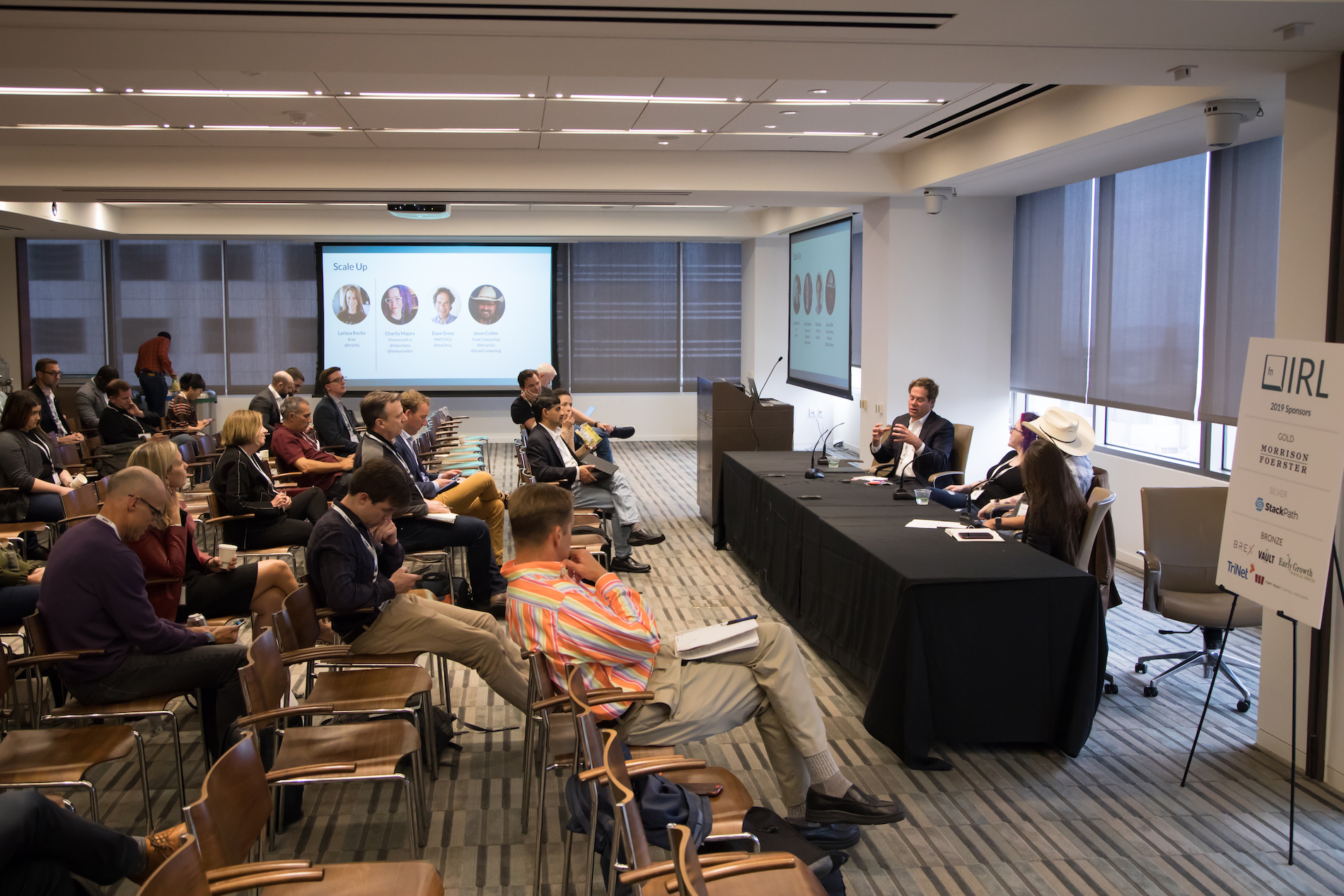
The moat is a concept originally made popular by Warren Buffett. While so much of a company’s initial focus is on solving a problem, and achieving product-market fit, Buffett contends that there is a more defensive position which investors must consider in start-ups. And that is the concept of a moat.
Put most simply, a moat is a competitive advantage which will make it hard for another company to compete in the market with the startup in question. Stein explains that “a moat can be legal or regulatory, or some other advantage that gives the company an edge in gaining and keeping market share.”
However, being able to keep that market share is key. “In defining the moat, the important thing in the description is it’s not just competitive advantage. It’s a sustainable competitive advantage. The word sustainable is really important.” It is this sort of moat combined with a good gross margin that signals a business’ long-term viability. To investors, Stein recommends identifying the moat from the earliest stages of consideration. Stein makes it a part of his own due diligence.
“A moat can be legal or regulatory, or some other advantage that gives the company an edge in gaining and keeping market share.” - @MichaelStein16 Share on XDifferent Kinds of Moat
There are several methods for achieving a moat, some of which are industry specific, and some which can transcend industries. For technology companies, IP protections are one of the most important types of moats. Patent protection can serve as both a powerful competitive force as well as leverage in case of a potential buy out. For software services that exist in the cloud, trade secret protection can serve as an effective alternative to patents.
For pharmaceutical and medical device companies, FDA approval can serve as a sort of moat. While FDA approval does not eliminate competitors, having it can guarantee an invaluable head start in getting a product to market.
“In defining the moat, the important thing in the description is it's not just competitive advantage. It's a sustainable competitive advantage. The word sustainable is really important.” - @MichaelStein16 Share on XAnother kind of moat is being able to sell products on regulated markets, such as the military’s, overseen by U.S. Department of Defense or on commercial airlines as regulated by the FAA. An investor who sees approvals in place for the sale of products in these limited markets can be assured of an advantage.
There are also moats that are unconnected to regulations and laws. For instance, a company’s software product might be complex enough that it would be impossible to reverse engineer by anyone but the largest company. Additionally, a company can build a network or platform that is so large that it serves as a moat. This can occur when an economy of scale is achieved, so that the increased size decreases cost of production, increasing the moat as the cost to competitors remains higher.
In Achieving a Moat, Differentiation Is Key
In establishing a moat, it is in product differentiation where companies will find the most success. But this is more than just offering a unique set of features or reportability options. Rather the differentiation that matters is that which will make a true difference to customers. Without IP this can manifest as pricing power. If your product is truly different to your customers, you’ll be able to charge a premium as customer lock-in comes into play and people don’t want to switch to an inferior product.
“As we begin to come out of the COVID-19 crisis, it is critical for investors and company founders to understand what the company’s moat is or will be.” - @MichaelStein16 Share on XMoats have the potential to grow larger with network effect moat. This occurs when a product becomes more valuable the more people who use it. There are several different types of network effect moats. These include:
- Marketplace Network Effects: when the company benefits from bringing buyers and suppliers together.
- Data Network Effects: when the company benefits by gathering and providing user data.
- Platform Network Effects: when the company creates a platform and can offer a set of products for use on that platform.
Stein urges investors and founders alike to carefully consider moats from the earliest stages. “As we begin to come out of the COVID-19 crisis, it is critical for investors and company founders to understand what the company’s moat is or will be.”
Join Michael Stein at the upcoming Founders Network event presented by our Seattle Chapter to learn answers to key questions including:
- What is a moat?
- Why are moats central to early stage investments?
- What are the primary roles of moats?
- How can companies leverage the power of moats?
Register now or request an invite to see if you qualify for membership.






